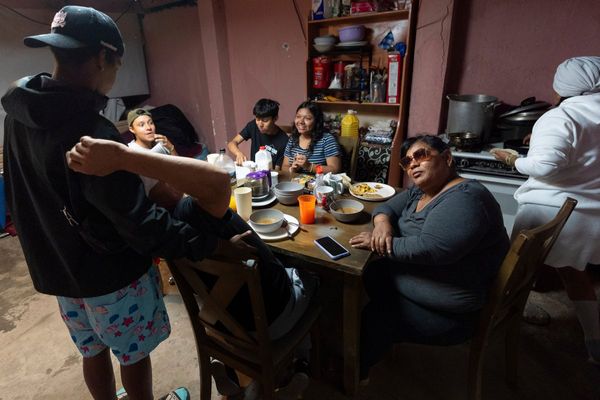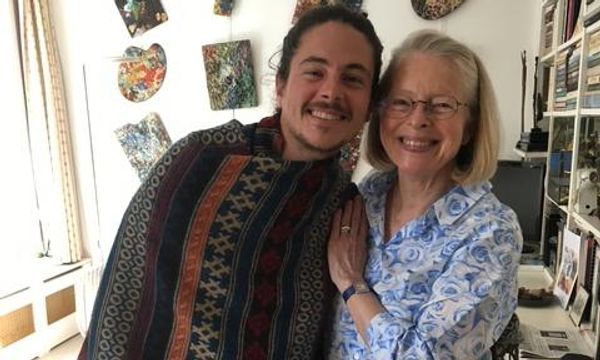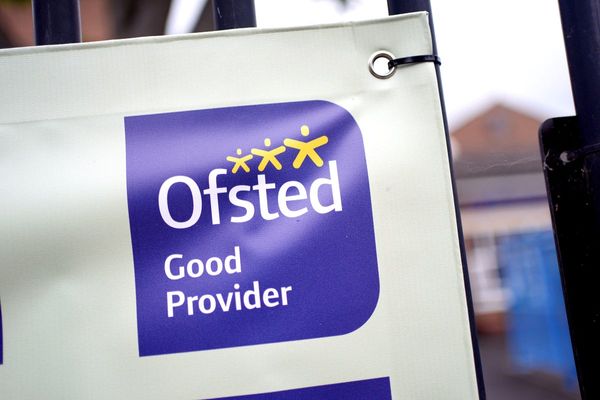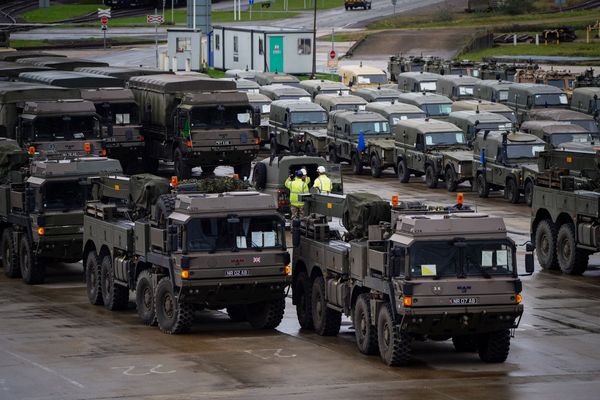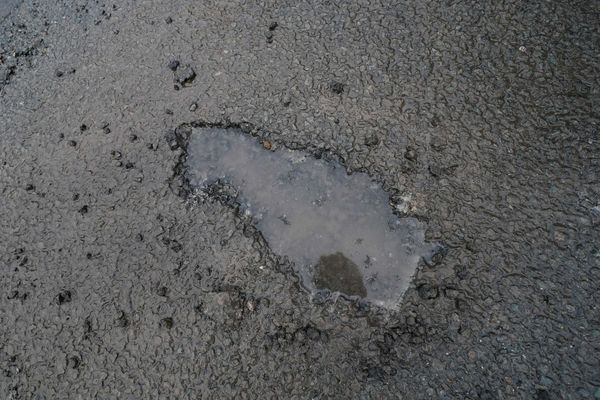
Ever year during the fall migration season, 5.4 million waterfowl descend on California, as birds from Canada and Alaska make their way south on an aerial transnational highway known as the Pacific Flyway.
This year, the arrival of the birds also brings concern. A new avian influenza is circulating, and that means trouble for domestic chickens, wild birds and even mammals.
“The prediction is we’re going to be hammered in the next several months,” said Maurice Pitesky, who monitors and forecasts bird viruses at the University of California, Davis.
There are 144 known types of bird viruses, most of them mild. Just as human viruses do, they swirl around the world and pop up in different places.
This year’s flu, known as H5N1, came from Europe, scientists say. Since its first detection in the US in January, in a wild duck in North Carolina, the high-pathogenic virus has spread rapidly across the country. In California, the strain was first recognized in geese and pelicans in the Central Valley in July of this year. Since then, more than 10 counties in the state have documented cases.
“Geographically speaking, we’re dealing with something unprecedented,” Pitesky said. “It’s only going to speed up over the next couple of months.”
The most recent bad flu year for birds in North America was 2014-15, when 50 million chickens and turkeys were killed, either from the virus itself or culled to stop the flu from advancing – something known in the poultry industry as depopulation.
Compared with that year, this flu is already shaping up to be worse: then 15 US states were impacted, but already 41 states and 47 million poultry have been affected.
The US is a major producer and exporter of chickens, so losing birds this fall will have an impact on food prices, Pitesky said. “Food inflation is already an issue, and this will act as an additional pressure on the supply chain.”
In addition to affecting wild birds and chickens, the H5N1 virus is a danger to wild species as well. Bobcats, raccoons, foxes and even harbor seals and dolphins are turning up sick. “There is so much virus in the environment that it’s just spilling over everywhere,” said Pitesky.
Depopulation, quarantine or vaccine
Measures limiting the spread of H5N1 are limited, scientists say.
The spread of the flu is largely driven by wild birds, especially wild waterfowl such as ducks and geese, said Steve Lyle, a spokesperson with the California department of food and agriculture.
Habitat destruction is causing diseases like H5N1 to spread more rapidly. Migrating waterfowl spend only 5% of their day flying, Pitesky pointed out, and most of their time roosting in habitats like flooded fields or wetlands. That kind of environment has mostly been taken up by humans, which means that more species are crowding into less space and interacting more.
How migrating ducks and geese end up infecting chicken is an open question. Organic chicken farmers have their flocks outside, so they are at higher risk for disease transmission through poop or contact on the ground. Conventional farmers may not see wild birds in their barns – but sparrows and songbirds can find their way in to grab food or water, and those songbirds may have contact with waterfowl. Or farmers could be tracking traces of the virus on their boots or truck tires.
Once a virus is circulating, there are just three tools for controlling it in animals: depopulating them, quarantining them to prevent them from moving, and vaccination.
But with no avian influenza vaccine available, trade restrictions banning the export of vaccinated poultry, and the logistical challenges of quarantining migrating birds, authorities really have just one main option: killing birds.
For Kristen Schuler, a wildlife disease ecologist at Cornell University in New York, there is not much to be done but monitor the situation. With wild birds, “we can’t go out and vaccinate all the birds, we can’t give them antibiotics, and we can’t cull in mass operations,” she says.
Schuler said researchers have found birds who test positive for H5N1 but are healthy – a sign that some birds may be adapting to living with the virus. “We’re of the mindset now that it’s something here to stay,” she said, “and we’re in a wait-and-see mode.”
She pointed to the virus as being another stressor for birds whose lives are already challenged by climate change, like nesting seabirds or bald eagles: “Their ability to cope with other challenges, whether it’s the development of wind energy projects or new viruses, can cause additional challenges.
“If we are constantly challenging wildlife with new things, it will start to have a broad-scale impact.”
Pitesky said avian influenza is endemic in itself, and over time, the virus most likely adapts to its host and becomes less virulent, shedding less virus into the environment. “I think we learn to live with it, and the waterfowl will adapt to it,” he says. “But we’re periodically going to have this pop up.”
